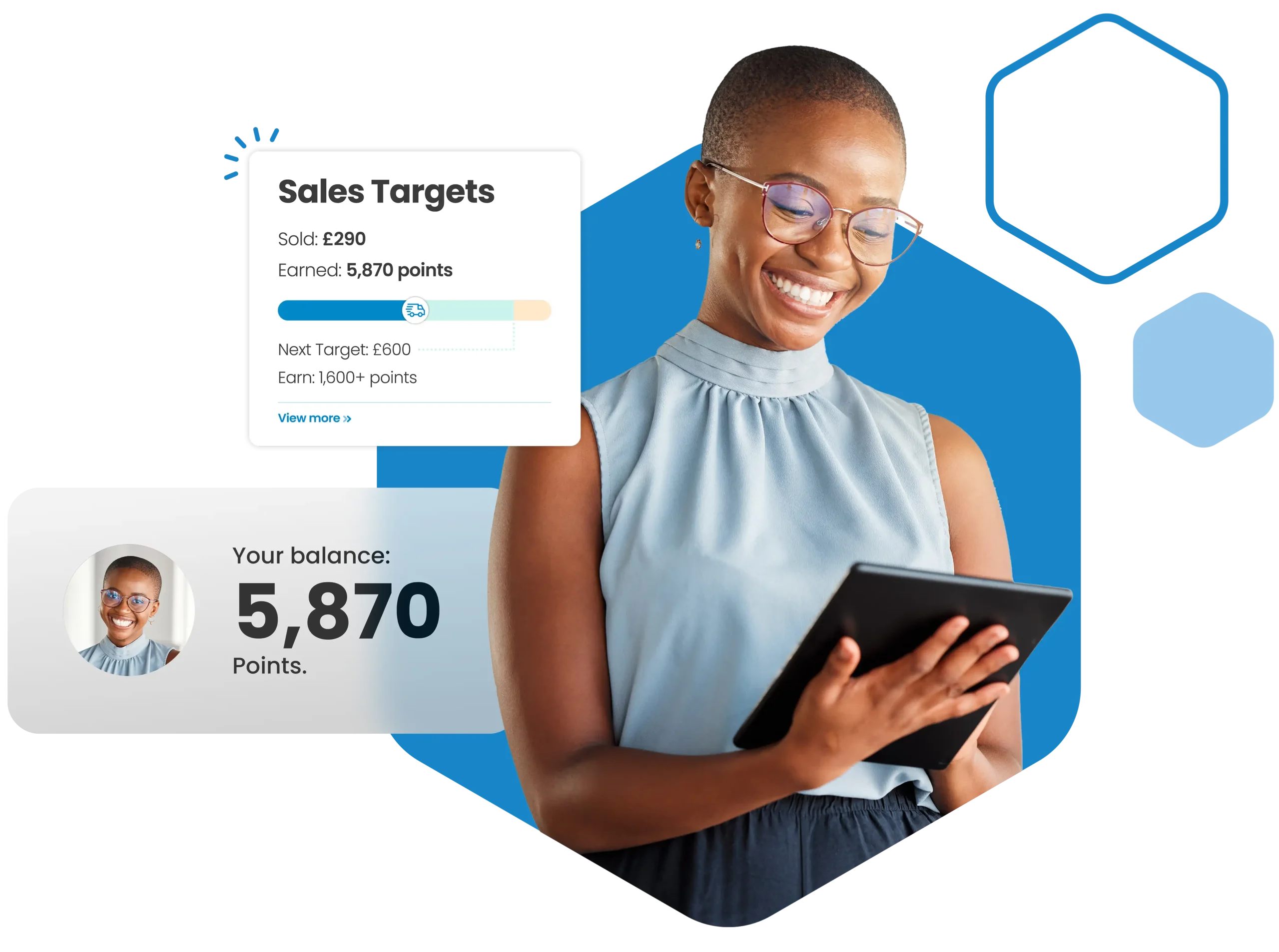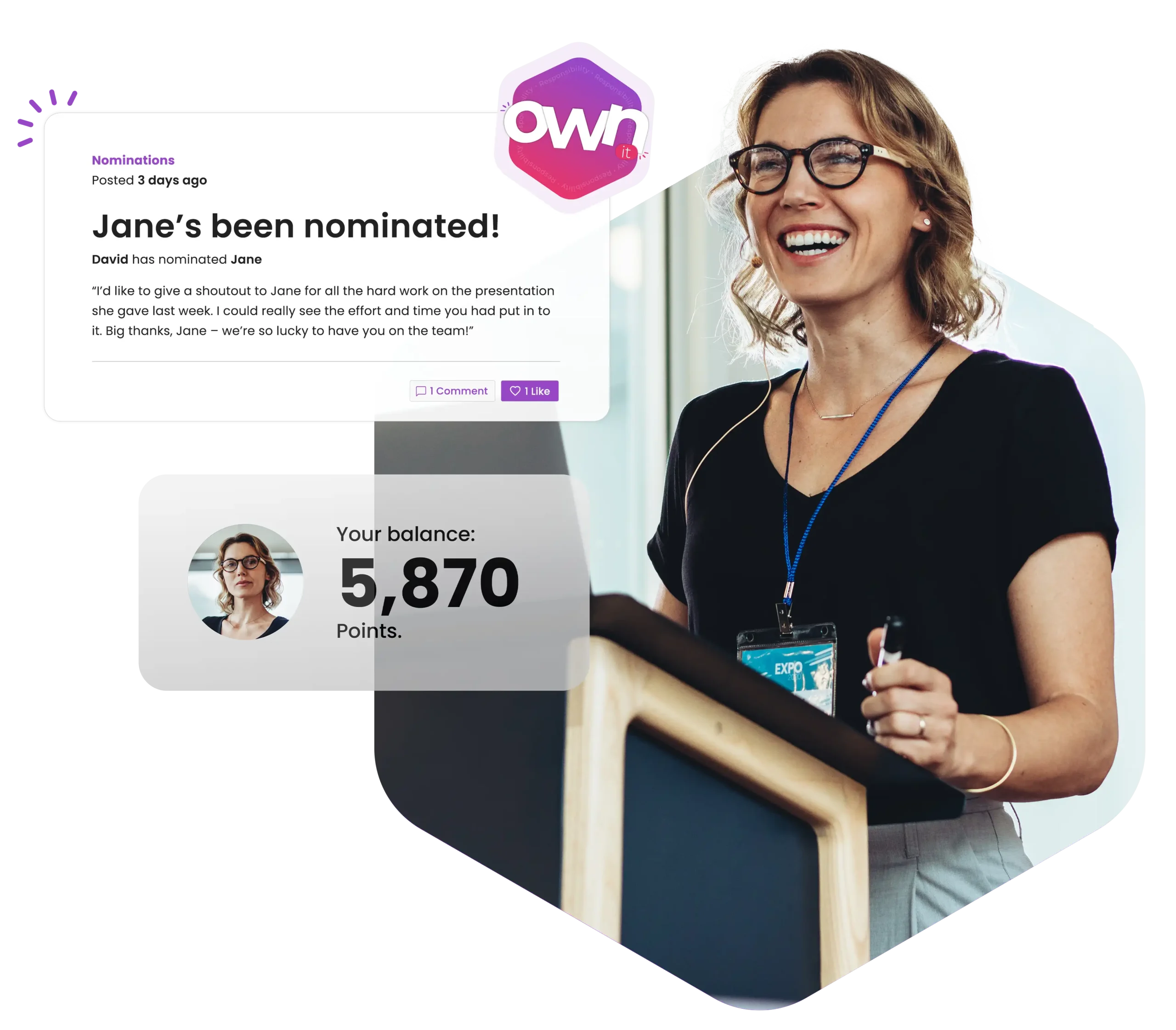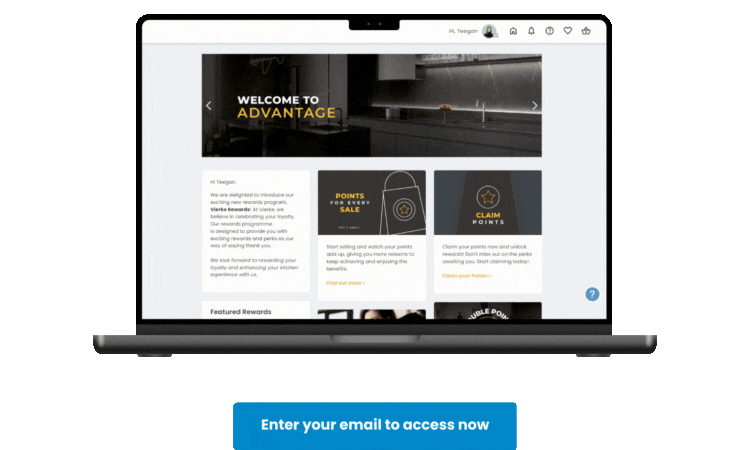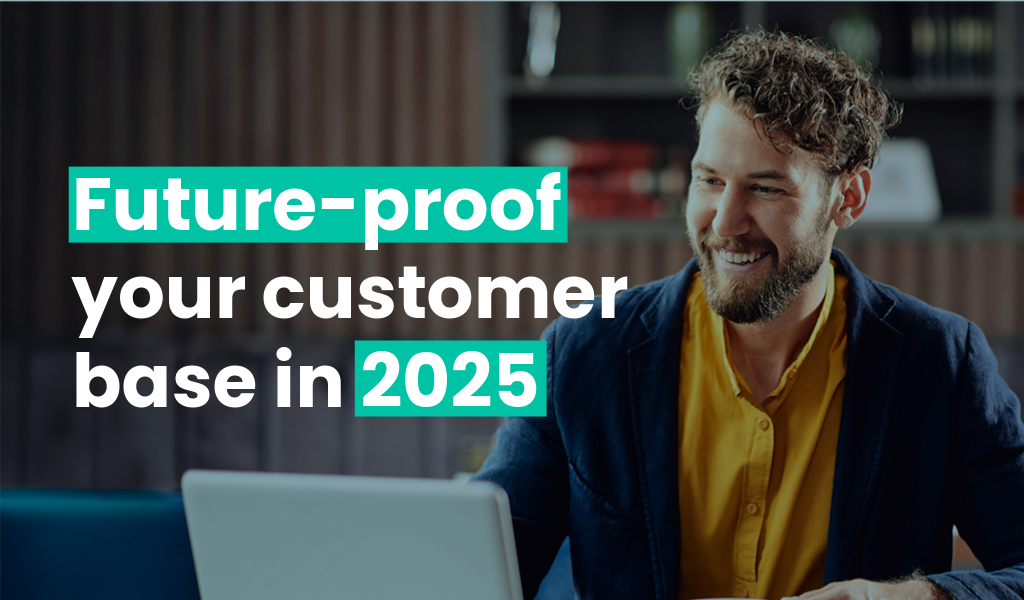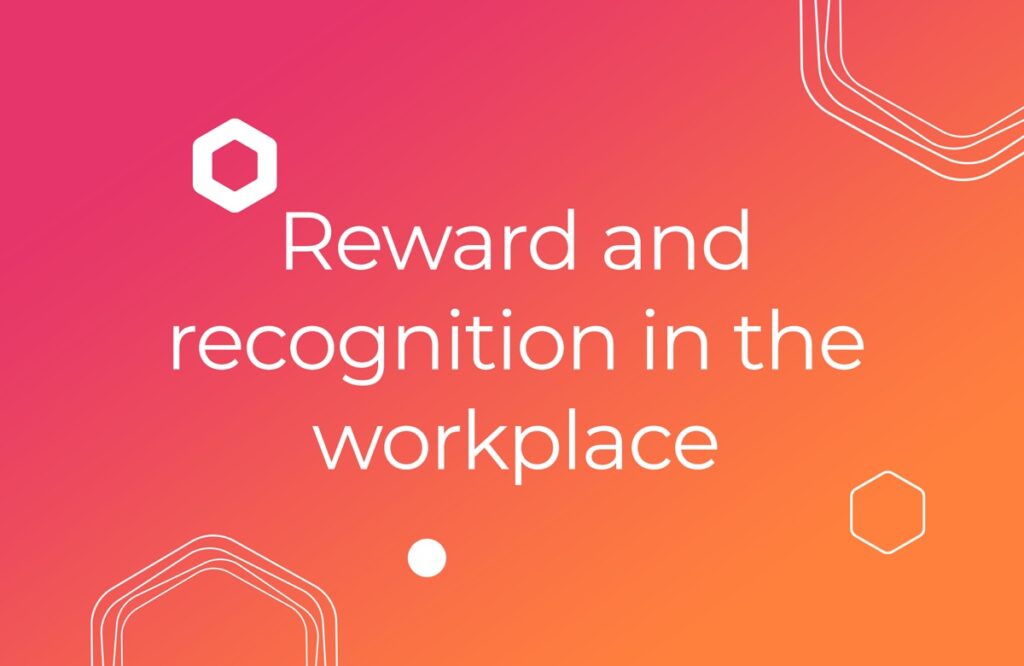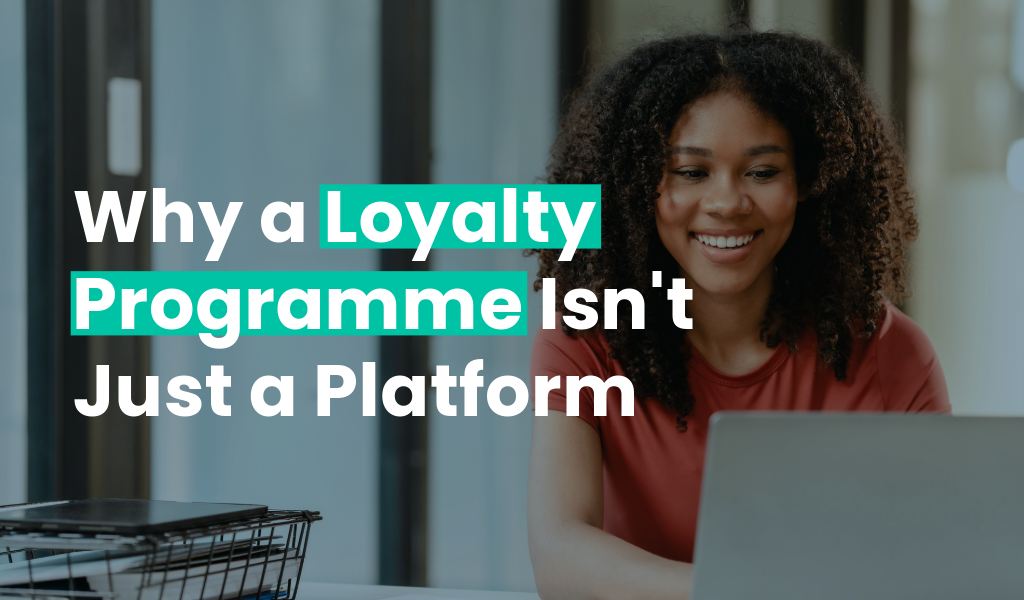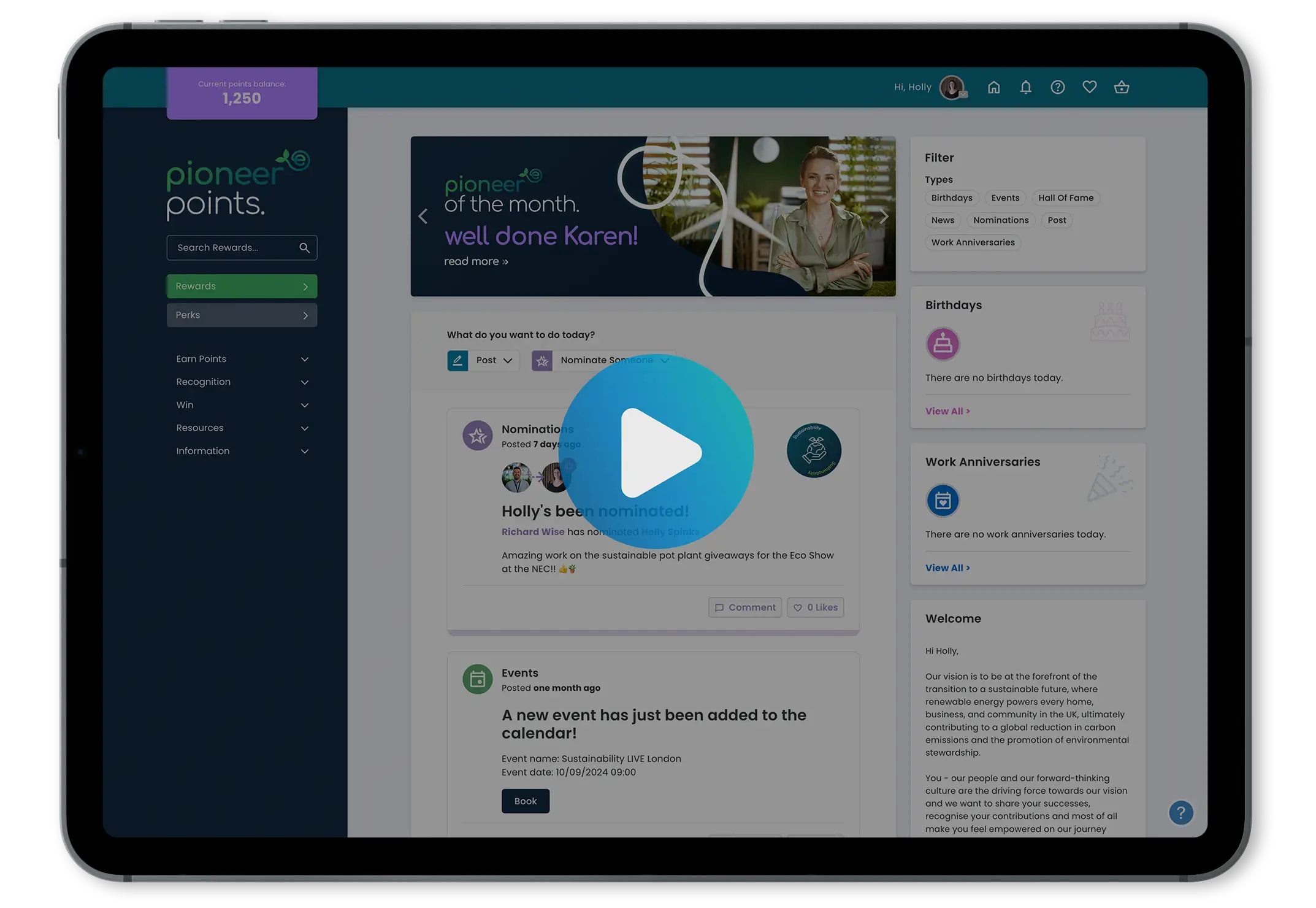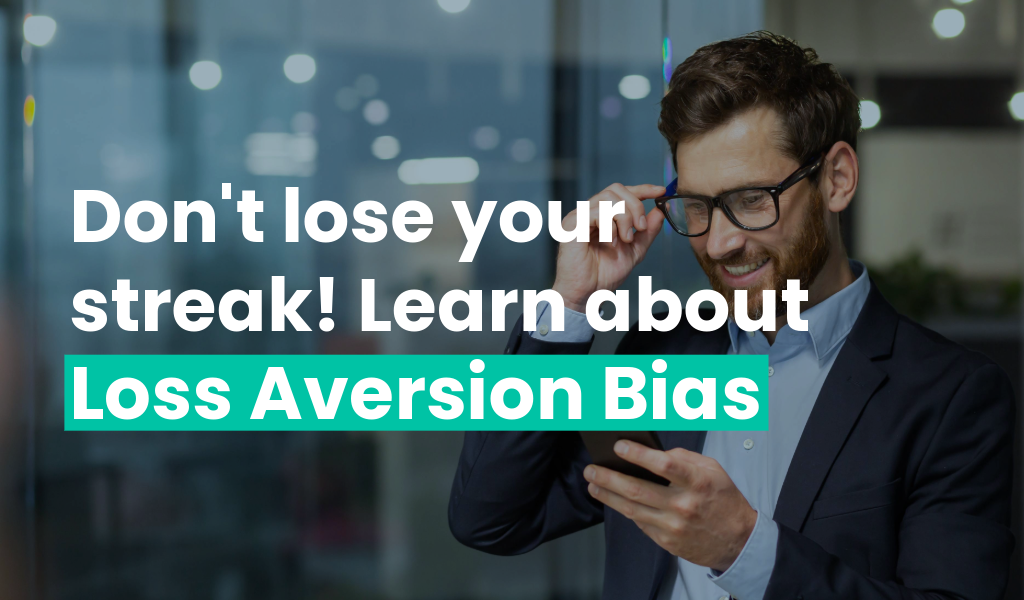


Picture this: you’ve been tracking your food intake via an app and eating healthy for 12 days in a row. The app rewards you with a ‘12-day streak’ badge. Win! But on day 13, you’re tempted to treat yourself to a day filled with not so healthy options – but you think, “I don’t want to lose my streak!”
That’s Loss Aversion Bias motivating you to stay on track – not because you gain something new, but because you don’t want to lose the progress and positive healthy lifestyle you’ve built.
So it’s not just a psychological approach—it’s a golden ticket to rethinking how you design your loyalty and rewards programme.
When you view your programme with a behavioural science lens, you’re not guessing what will work—you’re creating a sticky, rewarding, and emotional experience that keeps customers coming back.
Let’s dive into what Loss Aversion is, why it matters, and how it can transform casual customers into loyal champions.
So, What Is Loss Aversion Bias?
In behavioural economics, Loss Aversion refers to the idea that people feel the pain of losing something twice as strongly as the pleasure of gaining something of equal value.
In short:
Losing something hurts more than gaining something feels good.
It’s why you’ll go back to double-check your car is locked, but won’t necessarily chase a freebie you forgot about. We’re wired to protect what’s ours—even if we only just got it. Now imagine what happens when customers feel they own something in your loyalty programme… and then risk losing it.
That’s not just theory. That’s behaviour-changing power.
Loyalty Meets Loss Aversion: A Match Made in Behavioural Heaven
Most loyalty programmes run in the background and recycle the same process:
“Earn points. Hit 500 points, get a reward. Start building again.”
It works. But does it really stick?
To build a programme that drives long-term behaviour change, you need to move beyond the transaction—and into psychology.
When you use effects like Loss Aversion Bias, you create loyalty schemes that incentivise the right behaviours, nurture habits, and make rewards feel earned, owned, and worth protecting.
Flip the Script: How to Use Loss Aversion to Supercharge Loyalty
Think of these approaches as science-backed tools for building loyalty that lasts—and for designing a rewarding relationship, not just a points system.
Preload Points or Progress (“Here’s what you could lose…”)
What It Does: Sparks instant ownership, emotional investment and a subtle sense of momentum.
Why It Works: This taps into two powerful psychological principles: Loss Aversion – and the Endowed Progress Effect, which is the idea that people are more motivated to complete a task when they feel like they’ve already made a start. So, when you combine both, we become more motivated to avoid losing something we already have than to gain something new. And when people feel like they’ve already made progress towards a goal, they’re more likely to keep going.
Example: “We’ve added 200 points to your account to get you started—don’t let them expire!”
Impact: Drives early engagement by making participation feel valuable and already underway. That initial progress acts as a psychological nudge—turning “I might join” into “I’m already in.”
Use Tiers & Status Levels (Nobody Likes Falling Down)
What It Does: Encourages ongoing participation to maintain prestige.
Why It Works: Losing status feels like failure—even if it’s just a digital badge.
Example: “Your Gold status is at risk—keep earning to hold onto your exclusive benefits.”
Impact: Customers act to avoid dropping down, even if they weren’t actively climbing.
Points Countdown, Not Just Collection
What It Does: Makes rewards feel vulnerable unless protected by action.
Why It Works: Expiring rewards tap into fear of loss and trigger urgency.
Example: “Your 750 points expire in 7 days. Make one more purchase to lock in your reward.”
Impact: Keeps users engaged and actively participating in the programme lifecycle. Take a deeper dive into how brain chemicals affect loyalty and engagement in our blog here.
Create Something to Defend
What It Does: Builds emotional connection through ownership and achievement.
Why It Works: When customers feel something is theirs, they’ll fight to keep it.
Example:
• Monthly perks that reset unless maintained
• Exclusive access tied to consistent engagement
• Customised rewards that feel personal and earned
Impact: Loyalty becomes emotional, not just transactional—and customers defend what they’ve built.
Backed by Science. Built for Loyalty.
Using behavioural principles like Loss Aversion isn’t just clever psychology—it’s how you build loyalty that lasts. A programme that’s grounded in science doesn’t just feel good—it works. Because at its core, a successful loyalty programme isn’t just about discounts or perks. It’s about building a rewarding relationship between your brand and your customer. One that feels personal, valuable, and worth protecting.
And when people feel like they’ve got something to lose? That’s when they start truly investing in the relationship.
To make your loyalty programme truly sticky:
✔ Use behavioural science like Loss Aversion to influence real behaviour
✔ Create emotional investment, not just transactions
✔ Reward relationships, not just purchases
Because let’s face it—no one likes losing especially when you’re on a winning streak!
